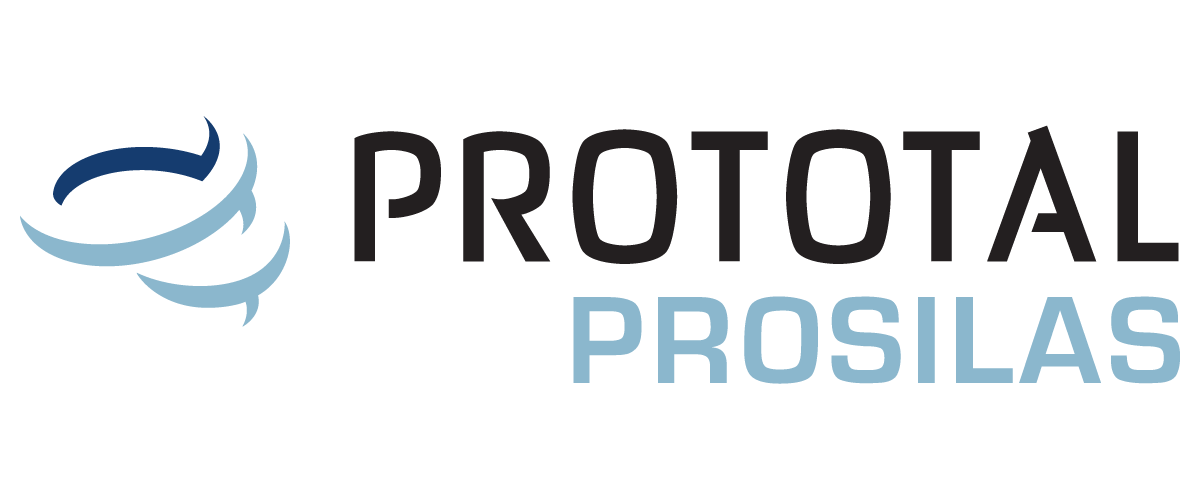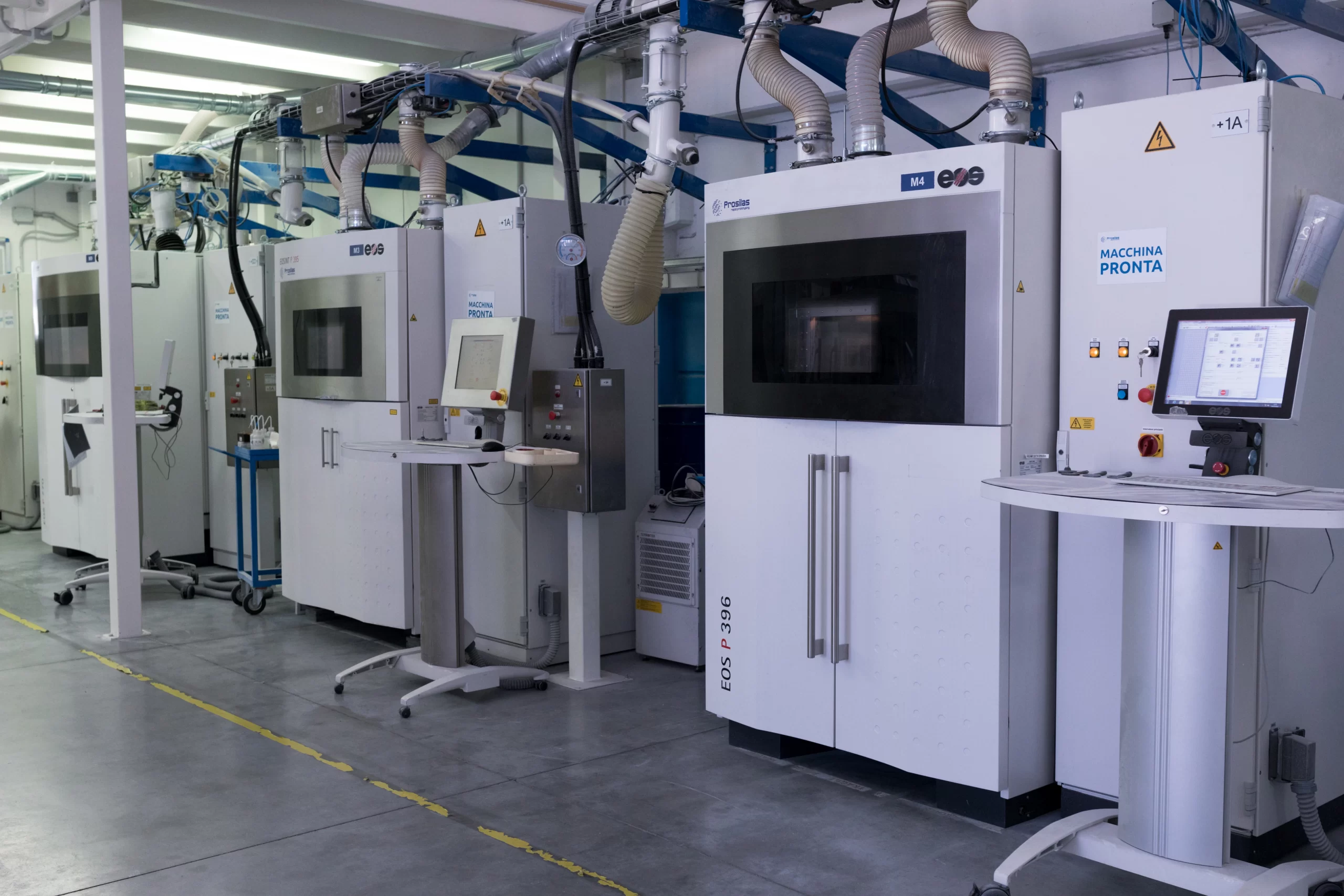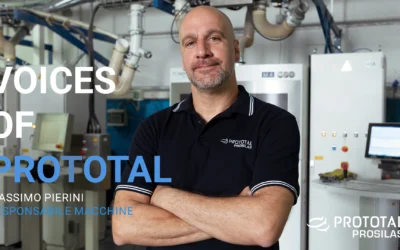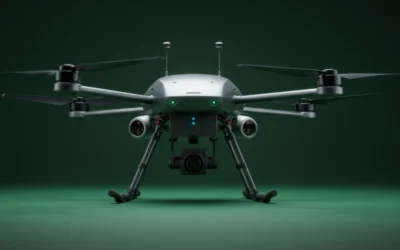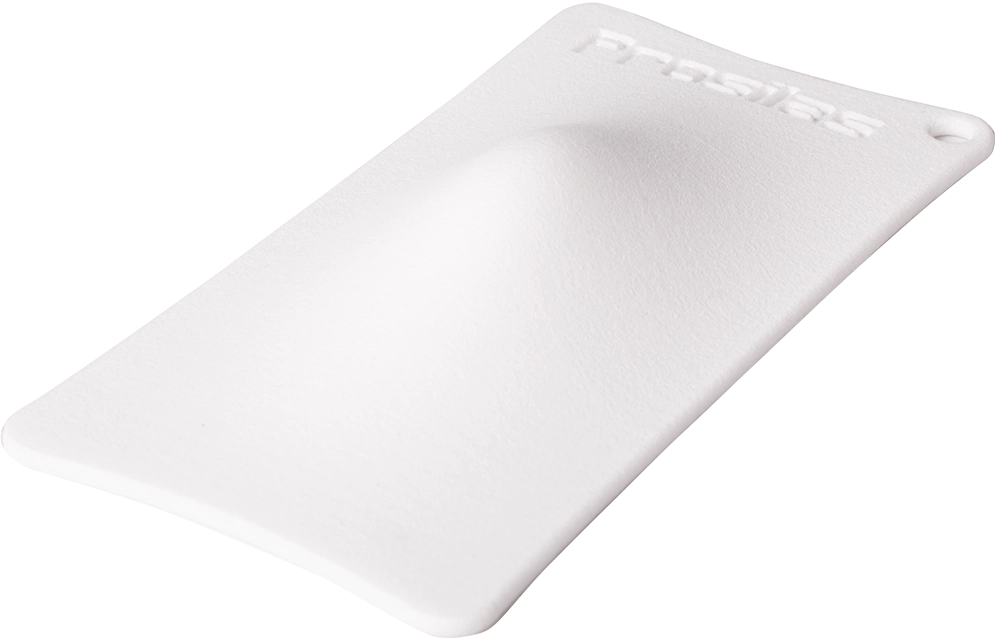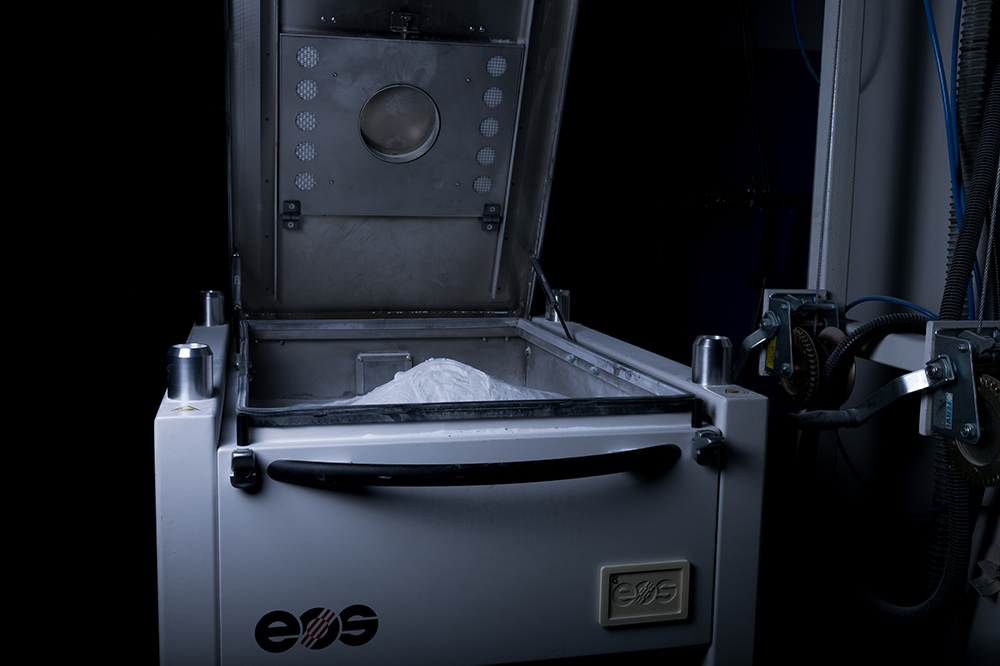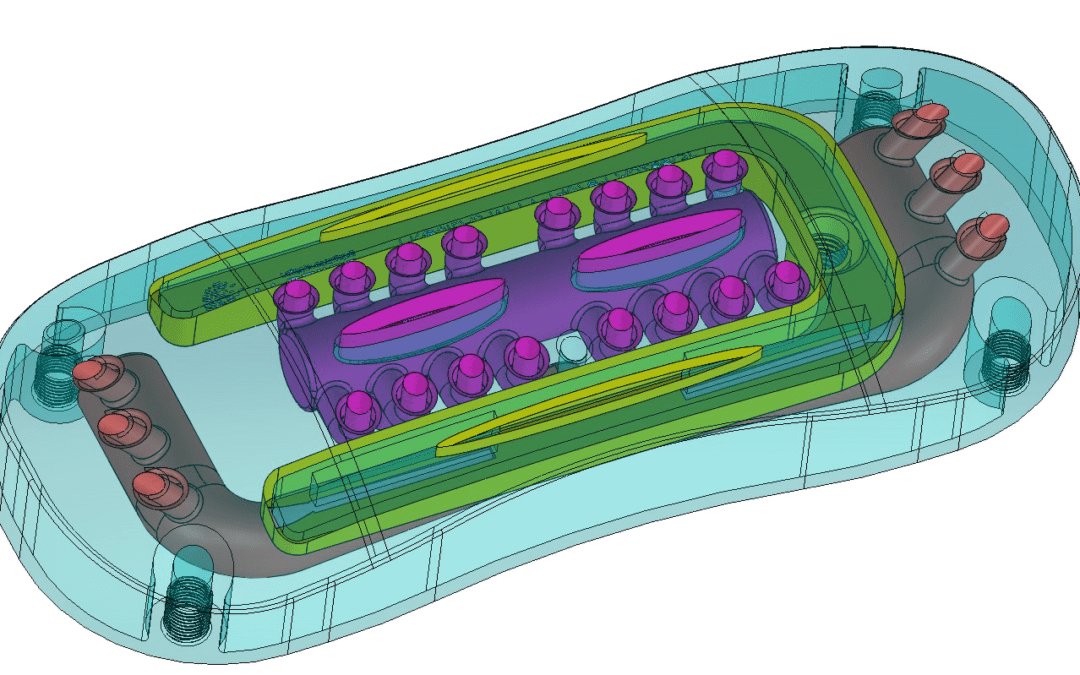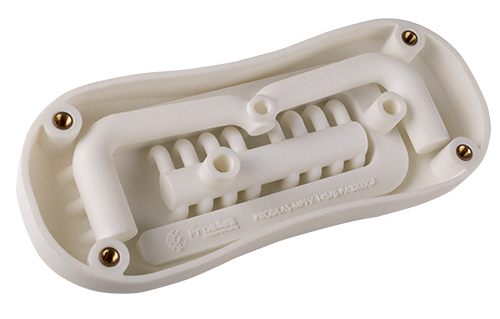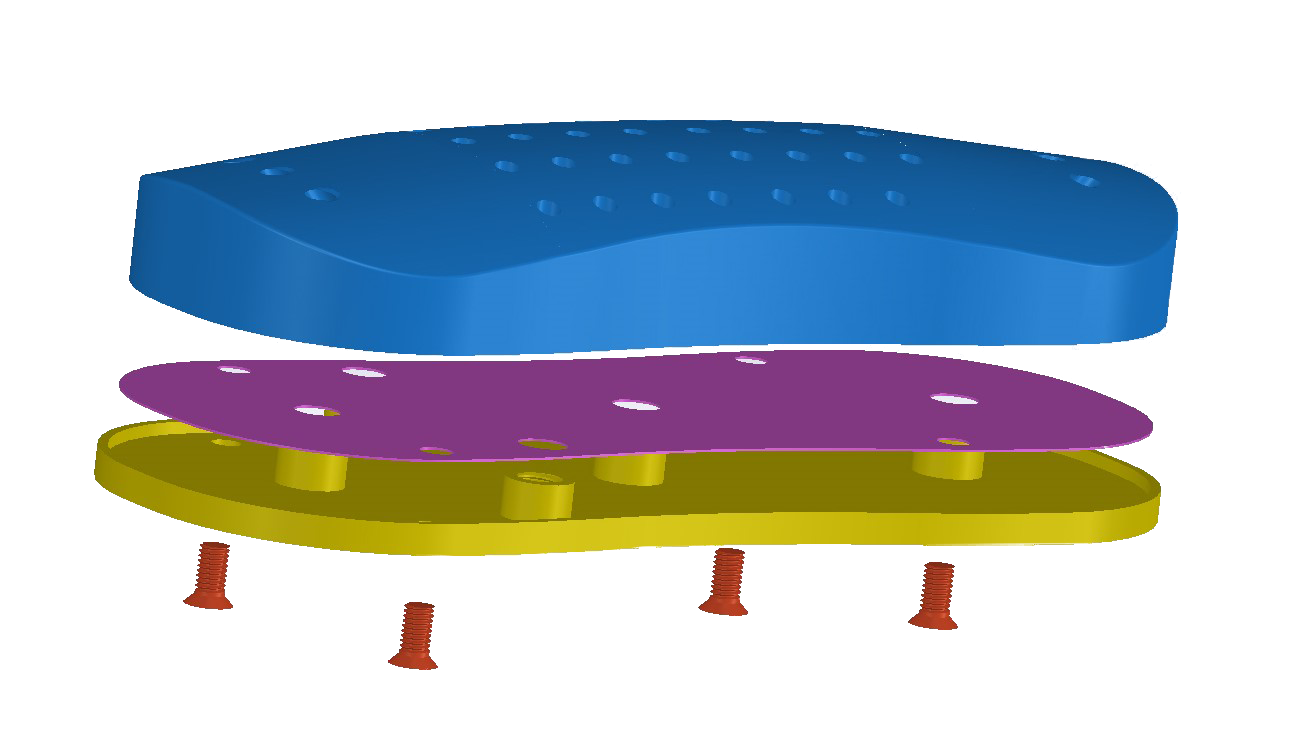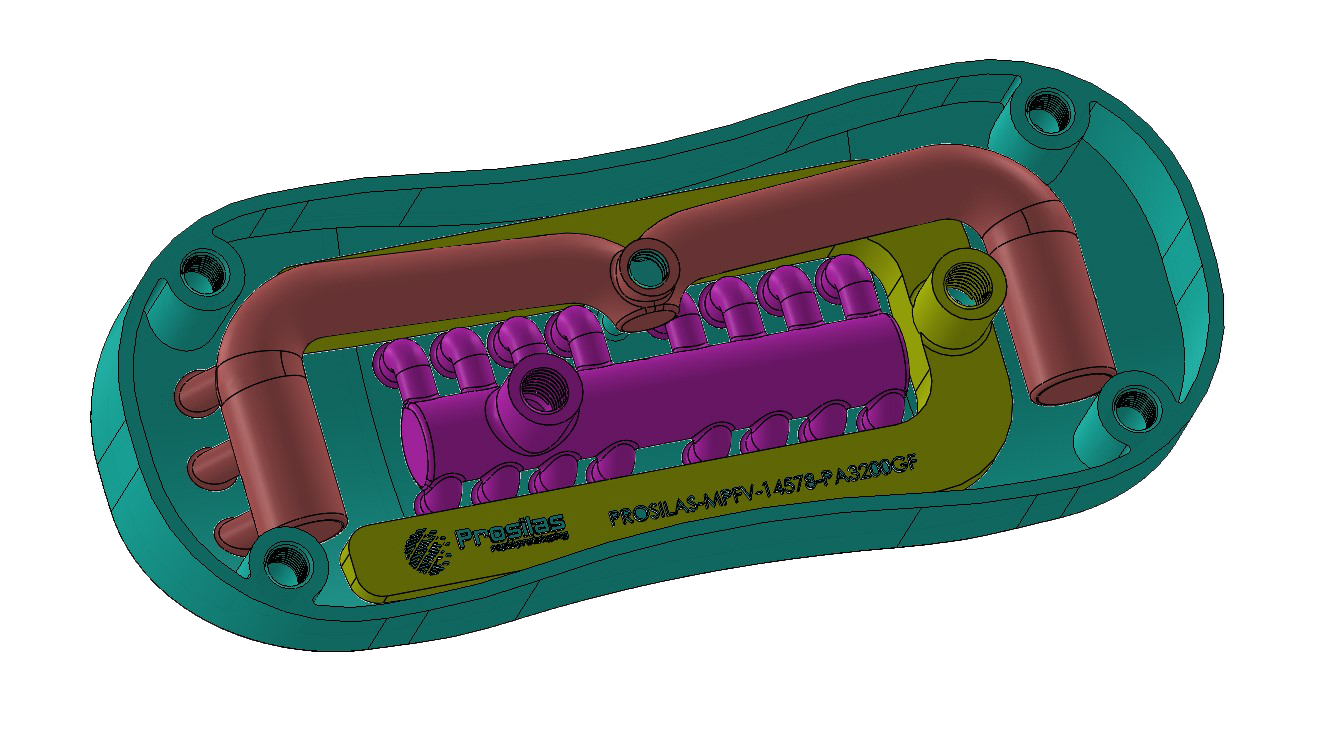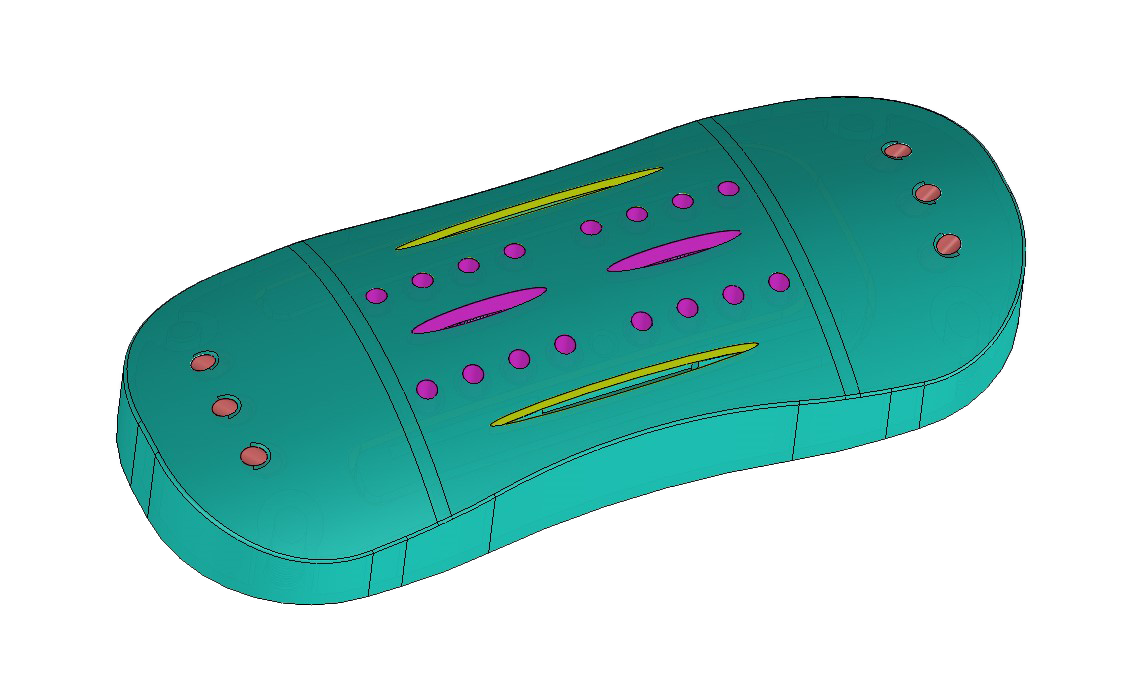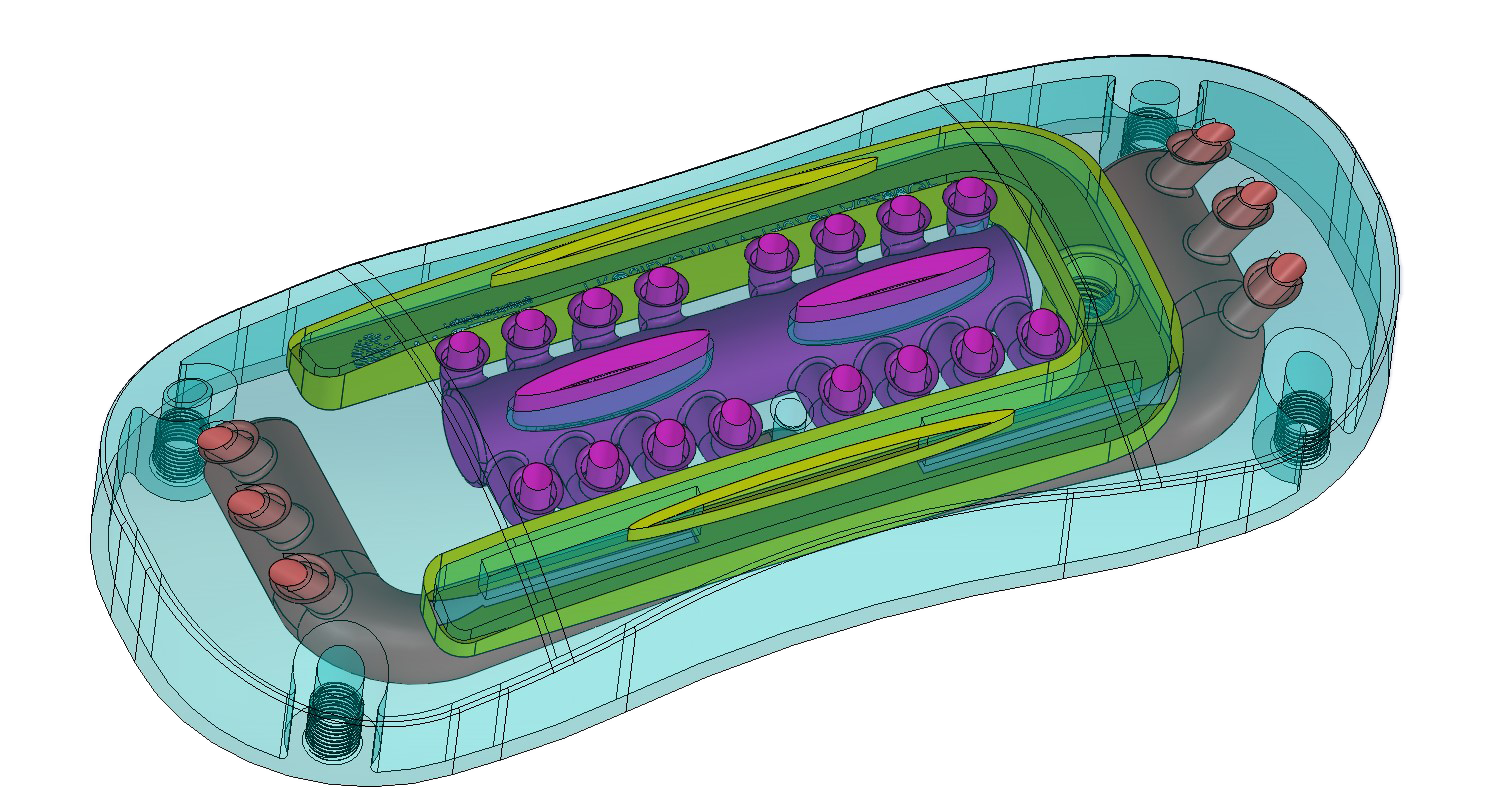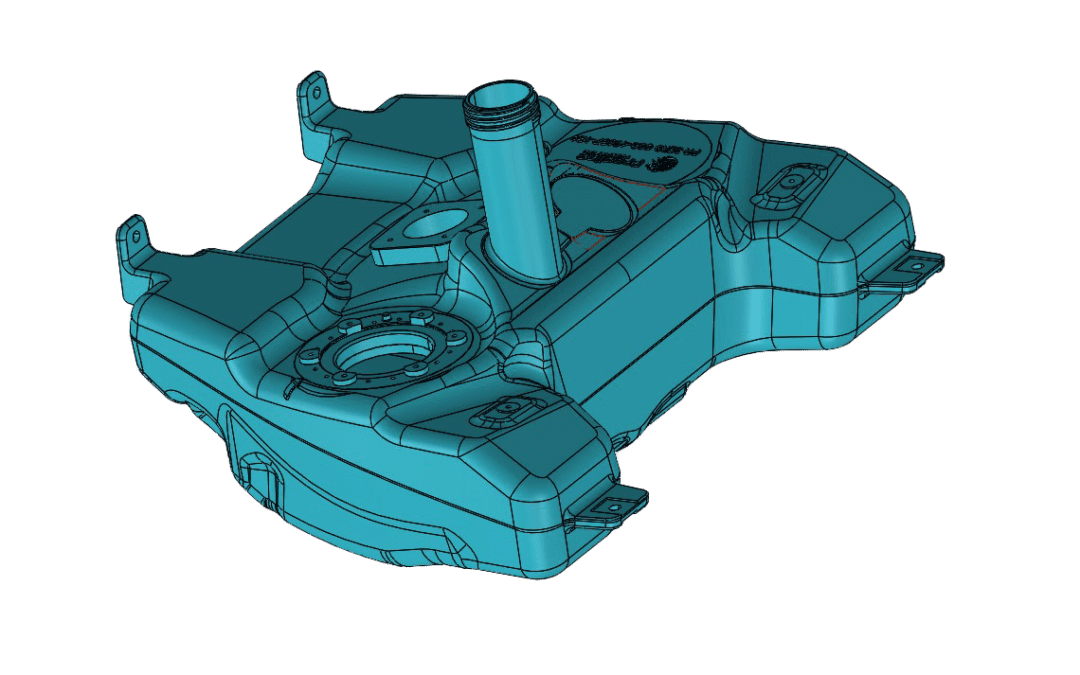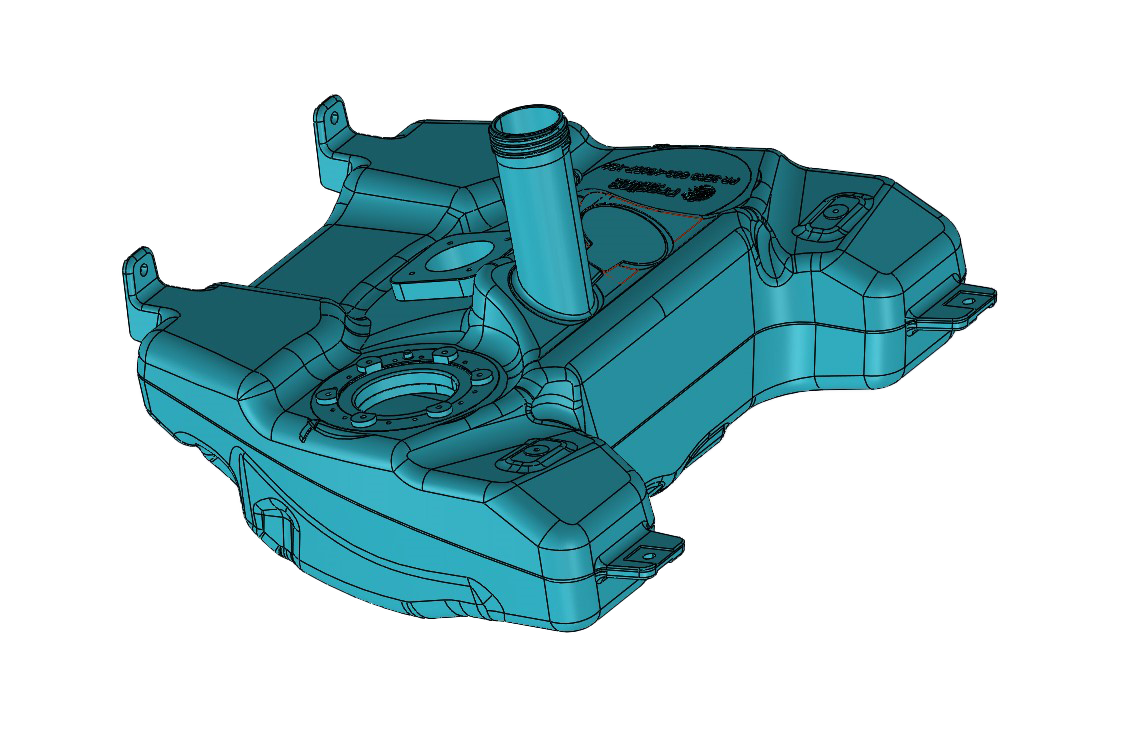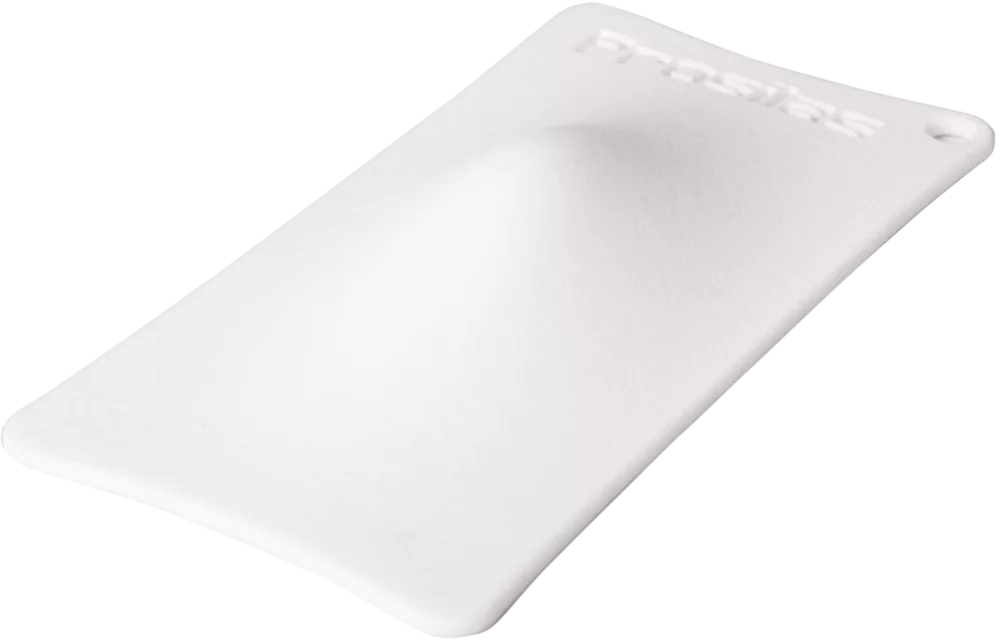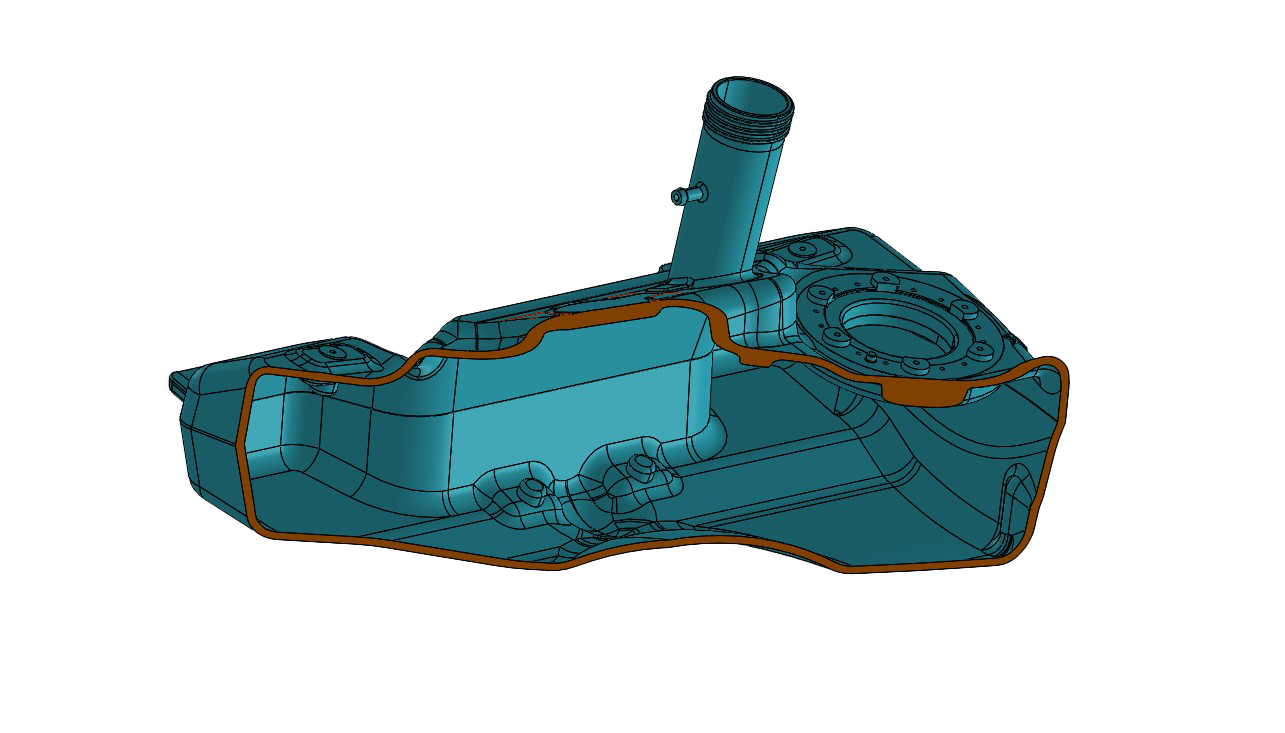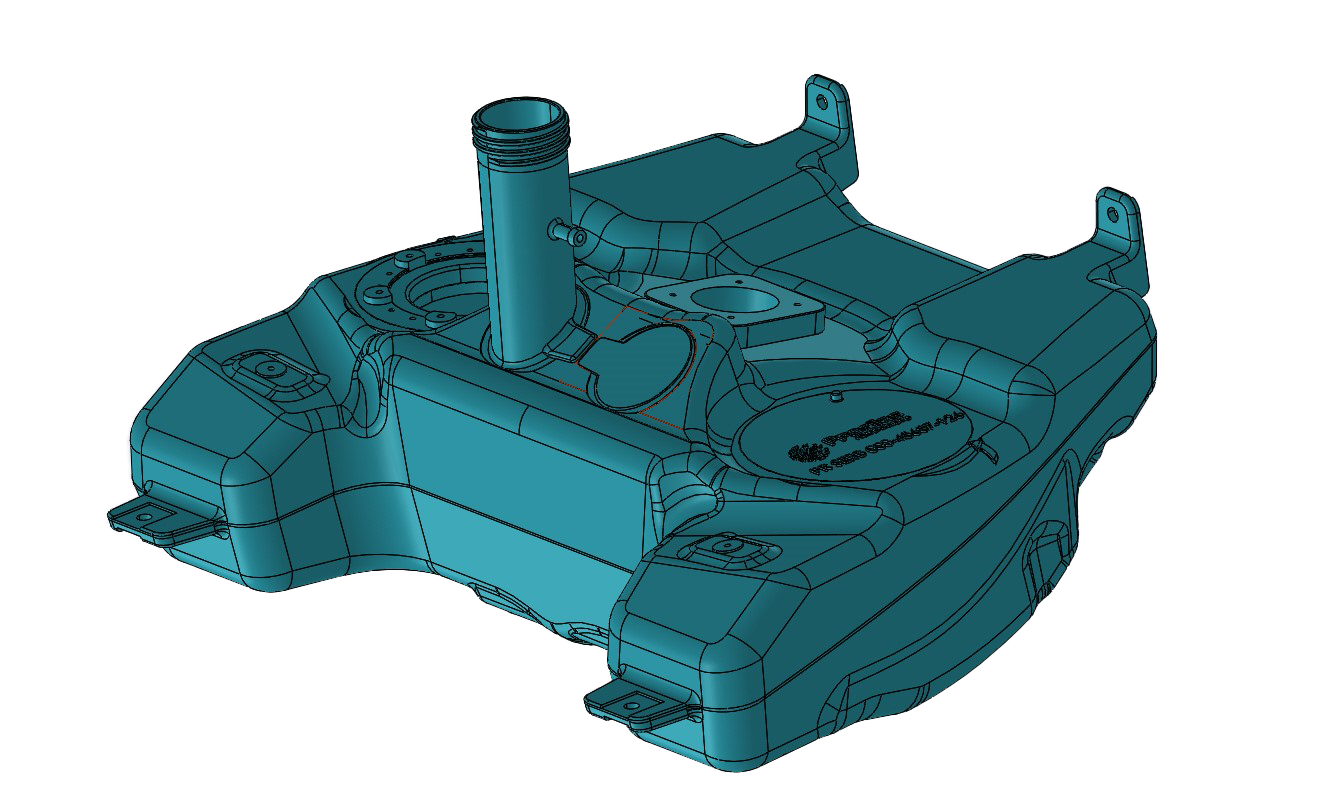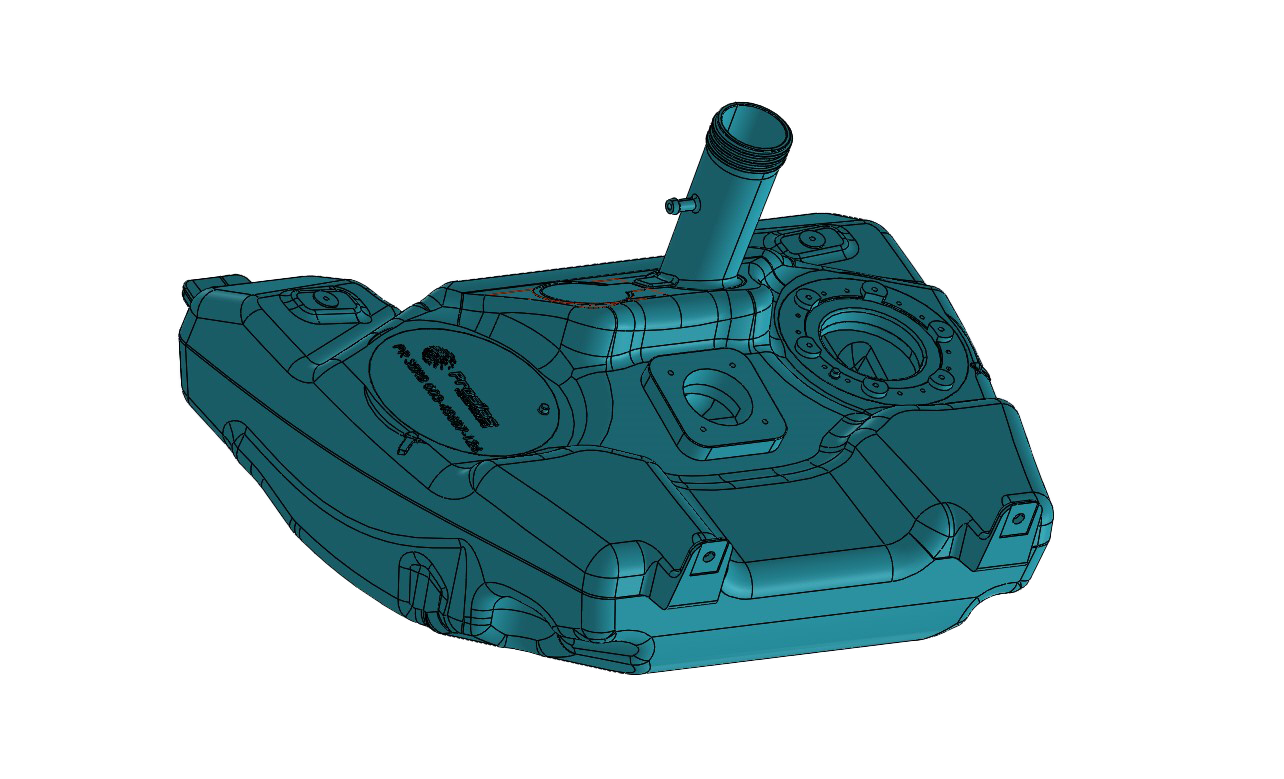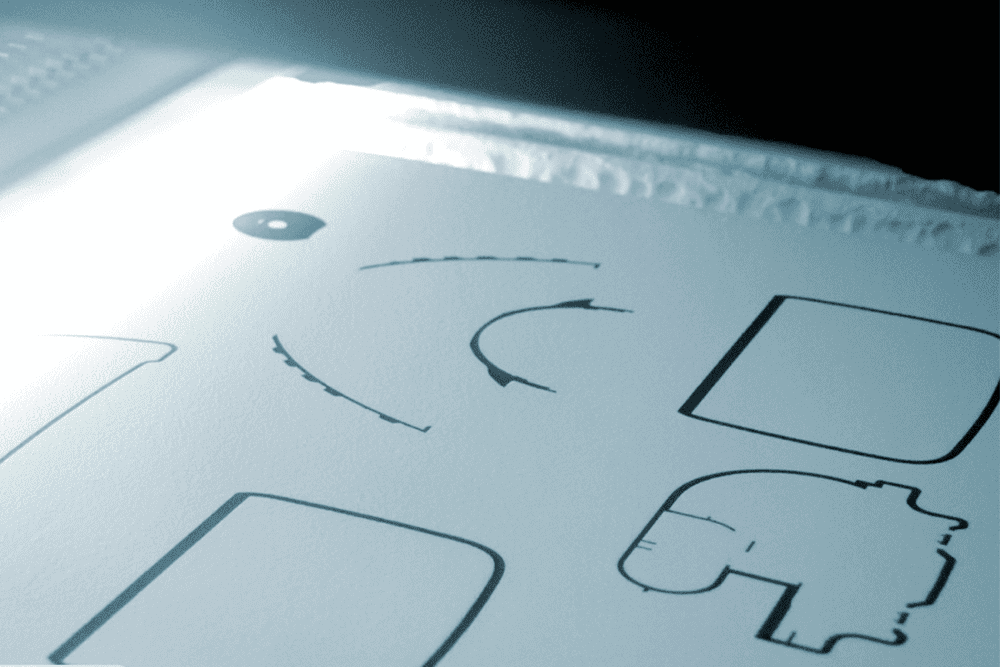Massimo Pierini Machine Operations Supervisor | Prototal Prosilas Voices of Prototal is our space...

PlastiCare, a philosophy to experience plastic consciously
Guzman Polymers & Prosilas
Press Release
The interview
INTERVIEW
The initiative was promoted by Guzman Polymers and we, as users of polymers for industrial processing, have been called to make our contribution in the spread of intelligent and responsible use of plastics.
Speaking of polymers, we can’t help but remember how plastics have made a fundamental acceleration and contribution to the productivity of industry, especially in an industry like ours, that of 3D printing, where plastics have allowed the development of production sectors that were not even explored before, due to the impossibility of generating the economies of scale necessary to justify the initial investments.
Instead of an often naive “Plastic free” campaign, now very popular, we agree with a more useful and fruitful concept of “Plastic Care”, ie a healthy disclosure about the conscious use of plastics.
Together with our CEO, Vanna Menco and Fulvio Confalonieri, General Manager of Guzman Polymers.
How has plastic influenced and is influencing industrial production in practice?
V.M.: The discovery of plastics has influenced every industrial sector, bringing benefits and new possibilities for development. The choice fell on these types of material due to the number of possible applications and the technical characteristics. Many technological innovations and many products have also benefited from the use of polymers: this has allowed a move towards a progressive modernization that has invested all the life system we know today. Additive manufacturing was born in 1986 when Chuck Hull published the patent of the invention of stereolithography. The process involved the creation of solid objects in photosensitive polymer: layer after layer the 3D printed part hardens. We can say that it is thanks to polymers that additive technology has been achieved.
F.C.: If in the 1800s the first discoveries in the field of polymers move, it is, however, in 1900 that science accelerates by taking giant steps, discovering and industrializing in a short time new technopolymers that will prove fundamental for the development of humanity. There is no technological field that has not benefited from the use of plastic raw materials: the medical, textile, food, automotive, etc. The introduction of plastic into the wide-ranging material landscape has opened up new avenues that were unthinkable until 60 years ago, years in which world production stood at around 15 million tons of plastic to be well over 350 million today, 51% come from Asia, 18% from the United States and 17% from the European continent.
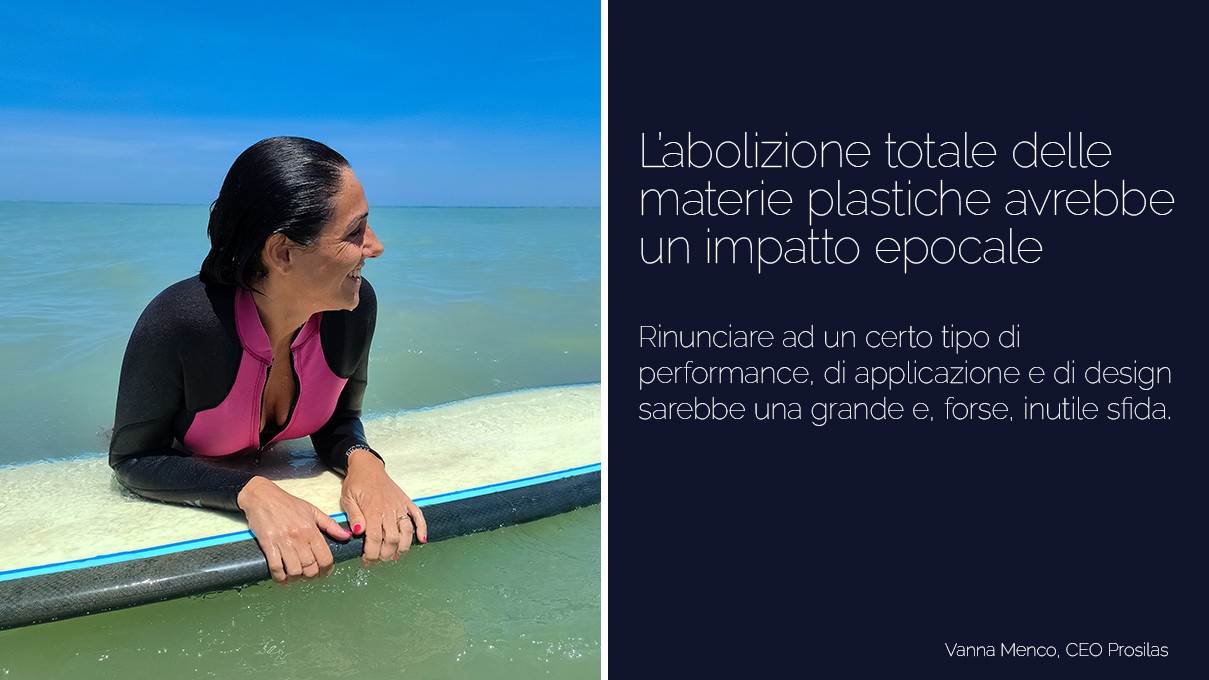
Which products or product categories would be most at risk if we abolished plastic consumption? With what disadvantages for the market, for man and for the Planet?
V.M.: The total abolition of plastics would have an epochal impact. Giving up a certain type of performance, application and design would be a great and, perhaps, unnecessary challenge. It makes sense to focus efforts on innovation, making more conscious use of the development of materials and processes with low environmental impact and creating more efficient waste management systems. The use of polymers already acts in energy efficiency improvement processes.
F.C.: Abolishing plastic, or more generally polymers, is not possible or even desirable, but above all: why do it? One thing must be clear: the abolition of plastic would mean the total regression of humanity and I believe that this would benefit no one. The introduction of plastic was not an error of judgement but the fantastic inventiveness of the man who was able to transform a good into another more precious good. The list of plastic applications is endless but, to understand that a world without plastic is certainly not a good omen, it is enough to think about the countless applications of some technopolymers in the medical field or food packaging, thanks to which waste is reduced, extending the shelf life of packaged products and ensuring quality and safety; or even communication technologies. Plastic is therefore a powerful and versatile resource, so the efforts of science should simply focus on its continuous optimization, enhancement, while those of the ordinary citizen on the management of the finished product and waste in accordance with what is expressed by current regulations on the protection and enhancement of the environment. Without plastic, and this is a clear concept, you risk going back to coal-fired power plants. What’s the point? It is just one example among many. Progress cannot go back even considering that sometimes, in recent years, many have used this extraordinary material improperly, or excessive, or have not yet been able to dispose of it. Now there are all the bases for the conscious use: the “plastic care”, in fact, that puts the attention also on the “end of life” of the product in order not to waste nor to pollute.
Which market segments benefit the most from plastic usage? And which others could benefit from their increased use?
V.M.: The automotive sector was one of the first to use additive manufacturing solutions with plastic polymers: nowadays, it is one of its largest users. The medical field has also been able to develop new and useful applications of high experimental value thanks to the plastic, versatile and sterilizable. Withou that through the use of additive technologies and, consequently, polymers, can produce faster and at more advantageous prices. Really a big push towards technological innovation.
F.C.: First of all I would say packaging, whose market in Europe alone represents about 30% of the total volume, followed by construction, automotive, electrical and electronic. Certainly in the construction sector we are seeing a strong increase in the use of polymers for energy efficiency; also applies to the E&E sector in transportation: new propulsion systems can be engineered thanks to the use of high performance technopolymers.
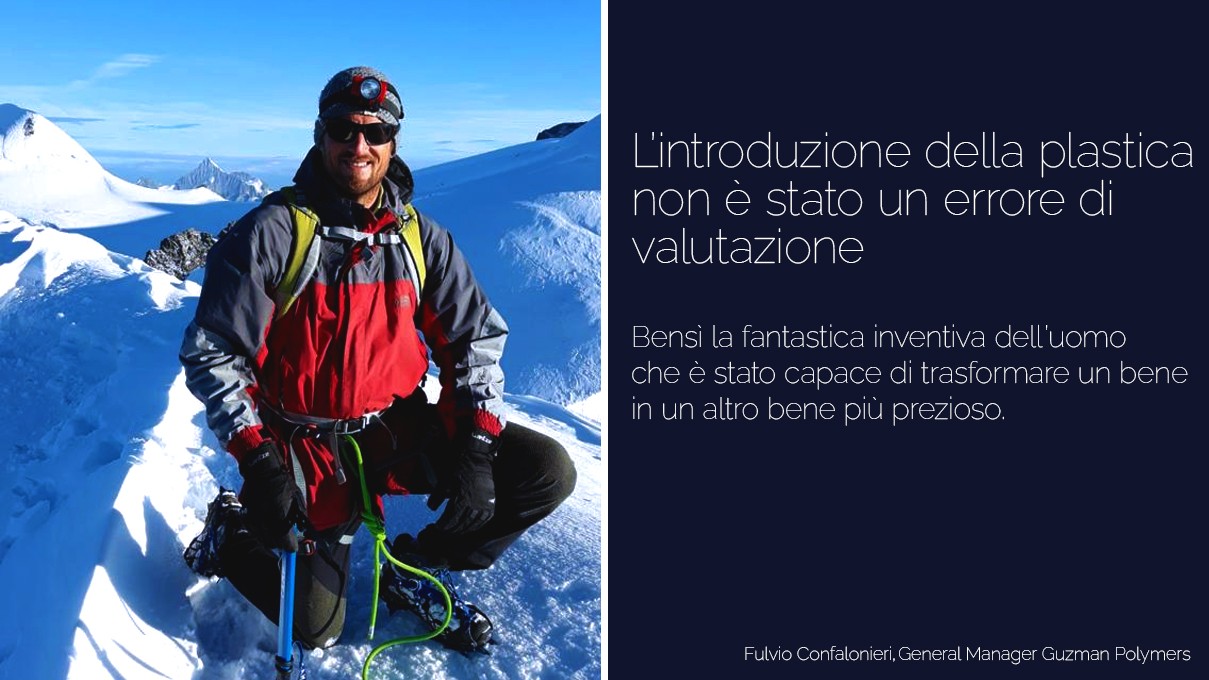
Let’s talk about materials: commodities, engineering, technopolymers and biopolymers. Which are the most widely used in industrial and/or additive production today? In what areas and with what concrete results/ benefits?
V.M.: Although additive manufacturing technologies can support a limited number of plastics, many efforts are focusing on improving the sustainability of the supply chain. In this regard we can talk about the introduction of PA11, a bioplastic polyamide derived from renewable sources. It is used for the conversion of some productions exploiting its improved characteristics in terms of environmental impact.
Technopolymers are also the subject of in-depth studies for metal replacement operations: In fact, they improve performance in terms of energy savings and replace the use of metals whose processing continues to have a strong ecological and economic impact.
We can also mention polycaprolactone. Widely used in the medical field, it is a material thanks to which we are able to 3D print implantable and absorbable devices from the human body: bronchial stents and structures to facilitate bone regrowth
F.C.: The biopolymer sector has certainly seen impressive growth in the last ten years, although the application sectors are, at present, still limited. The more traditional technopolymers, I think for example to Polyolefins, Nylon, Polycarbonate etc continue to be driving and difficult to replace in a massive optic. Rather, what is currently being observed is, for these same polymers, the development of production technologies aimed at reducing the environmental impact, think for example the use of alternative feedstocks to oil (tall oil for example); renewable sources, chemical and mechanical recycling.
La plastica è al centro di molte polemiche. Tuttavia la questione del suo corretto smaltimento non viene mai approfondita, né affrontata seriamente, con un grande spreco di risorse e una crescente insoddisfazione. Perché?
V.M.:Il tema dello smaltimento dei rifiuti è pieno di criticità che, a oggi, non hanno ancora una soluzione effettiva. Il primo grande errore è considerare la plastica come un unico materiale o un insieme di materiali simili. In realtà, tra polimeri ci sono delle differenze chimicamente sostanziali. Per prima cosa bisognerebbe ribaltare l’idea consolidata che un prodotto in plastica sia qualcosa di economico e scadente: ciò può essere fatto, ad esempio, creandomanufatti che abbiano valore sul mercato e nel tempo ed evitando, per quanto possibile, gli oggetti monouso.
Successivamente, occorre affrontare il tema dei rifiuti con un approccio sistematico, che parta dalla corretta informazione del consumatore fino ad arrivare al miglioramento dell’organizzazione della catena di smaltimento e riciclo.
F.C.:In generale io credo che il tema del corretto smaltimento della plastica e valorizzazione della stessa sia un tema ancora complicato da gestire nella sua totalità. Pertanto, credo che sia culturalmente che tecnologicamente ci vorrà ancora del tempo prima che il sistema raggiunga la sua massima efficienza. Fermo ciò, e a livello del comune cittadino, credo si debba insistere e persistere su alcuni punti cardine che sono: in primis riduzione degli sprechi, e ciò a prescindere che si tratti o meno di materiale plastico; il rispetto dell’ambiente e un maggiore senso civico, per cui il corretto smaltimento di ogni bene a fine vita diventi una pratica quotidiana scelta e non più subita. Piuttosto, ciò che più mi sorprende e spaventa, è osservare come spesso il tema della plastica venga dibattuto senza tenere conto dei dati scientifici più accreditati, giungendo spesso a conclusioni distorte ed ingannevoli e che in tanti casi portano a legiferare soluzioni tecniche decisamente discutibili.

In his book “The Plastic Paradox”, Chris DeArmitt lists a number of historical forgeries about plastic. What are the most dangerous?
V.M.: We give credit to the author for having undermined many, if not all, the clichés conveyed by the media on plastic. The concept of replacing plastic with biodegradable materials (such as paper) attracted my attention, and I found the scientific approach that the author dedicated to it commendable. Paper processing has a greater impact on CO2 production. We can well understand, therefore, that the causes of world pollution are not the materials themselves, but the processes of production and disposal. As a result, the solution is to realize that human behavior is at the heart of this change. .
Moreover, it is not true that plastics are the main cause of pollution. This has been demonstrated by a histogram provided by the EPA (U.S. Environmental Protection Agency), which shows us that paper, cardboard (26.0%), food waste (15.2%) and garden mowing (13.2%) are the main causes of waste in the world.
F.C.:F.C.:The merit that certainly must be given to Dr. Chris De Armitt in the book “The Plastic Paradox” (free and freely downloadable) is to have moved public opinion to refocus the discussion on plastic no longer on vague information, often fake news, but on scientifically proven facts and data. The real consumption of plastic compared to other materials, the environmental impact of plastic towards materials mistakenly considered greener by much of public opinion and the danger of plastic for mankind. These are just some of the examples that Dr. Chris DeArmitt brings to the attention of his audience, always trying to argue them in a very scientific way. In this regard, let me say that access to information via the Internet has been a great achievement of our century but at the same time extremely dangerous because it becomes difficult, if not sometimes impossible, to filter and verify them. Microplastics origins and danger , for example, are often debated. There is an extremely interesting chapter where it frees the ground from often false information and on which much of the demonizing campaign against plastic is based.
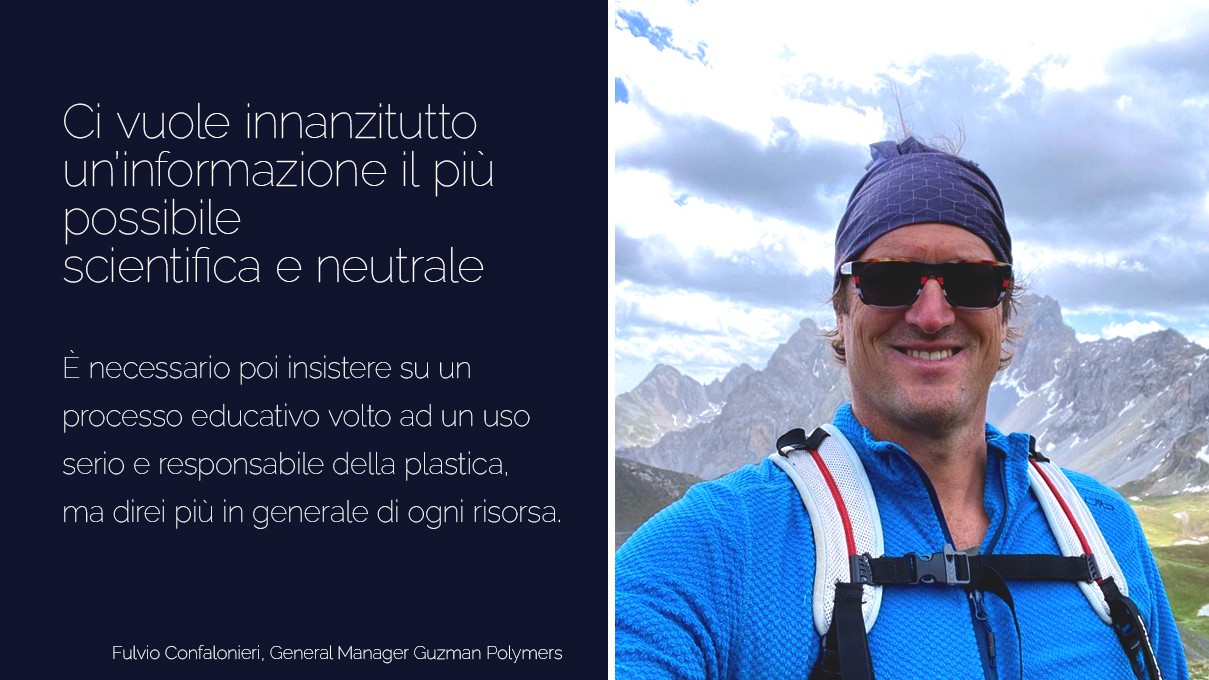
Senza l’educazione delle persone all’utilizzo e al corretto valore della plastica il problema sarà sempre osservato da una prospettiva negativa. Da dove possiamo cominciare a sovvertire il paradigma e ampliare la visione?
V.M.: Fornire informazioni più scientifiche e meno sensazionalistiche è il miglior modo per creare una cultura e, di conseguenza, un comportamento corretto. Scorciatoie come spostare l’attenzione su un nemico comune non sono utili a risolvere il problema, anzi, deviano le energie nella direzione sbagliata. L’unica soluzione è quella di affidarsi al progresso tecnologico e scientifico.
F.C.: Ci vuole innanzitutto un’informazione il più possibile scientifica e neutrale, lontana cioè da ogni genere di gioco lobbistico. È necessario poi insistere su un processo educativo volto ad un uso serio e responsabile della plastica, ma direi più in generale di ogni risorsa, e che parta dai giovani, fin dai primi anni, con molta pazienza perché questo processo richiederà molto tempo. In termini legislativi poi ci vuole serietà e determinazione affinché ogni azione contro l’ambiente non passi impunita. Infine, ma non da ultimo, il modo politico deve assecondare lo sviluppo di un piano industriale lungimirante.
Plastic, the dissemination campaign aimed at a more conscious and balanced use of plastic: how do you personally interpret this concept?
V.M.:We start from the concept of awareness. Being aware means being “in contact”, “in relationship”, knowing how to be within limits. And this is infinitely more complex than merely being aware of the occurrence of an event. Taking care of the environment means, first of all, recognizing the existence of the Other, who has our same value and respecting its limits, needs and possibilities.
If we start from this awareness here is that sustainability, understood not only as scrupulous attention to all processes (be they production, disposal and recycling) but also and above all attention to provide a response that is appropriate to needs, becomes care par excellence.
F.C.: Plastic is an immense resource and not an evil, but obviously, and like all things, it can become one if used in an disrespectful and unbalanced way. Plastic Care for me therefore means smart and responsible use of plastic and reduction of waste. Therefore: Less Plastic free, More Plastic Care!
One thing is clear: the abolition of plastic would mean a heavy regression with few advantages. The introduction of plastic was not an error of assessment, but the invention of man, capable of transforming one good into another even more precious good. However, plastic must be considered and treated with care – plastic, in fact – so that the problems concerning its disposal do not obscure the benefits that the material itself provides.
